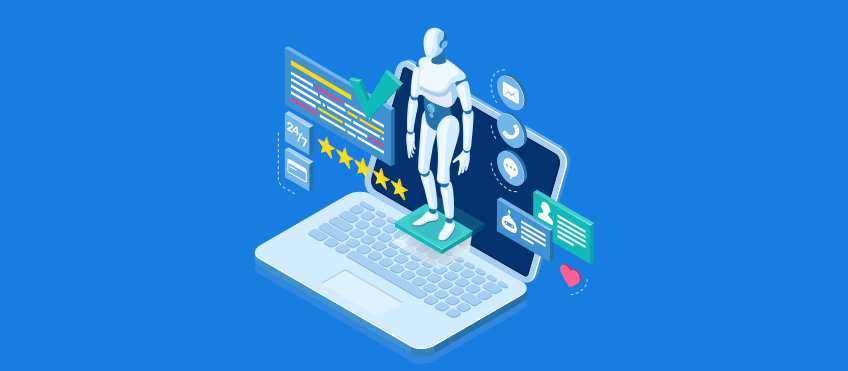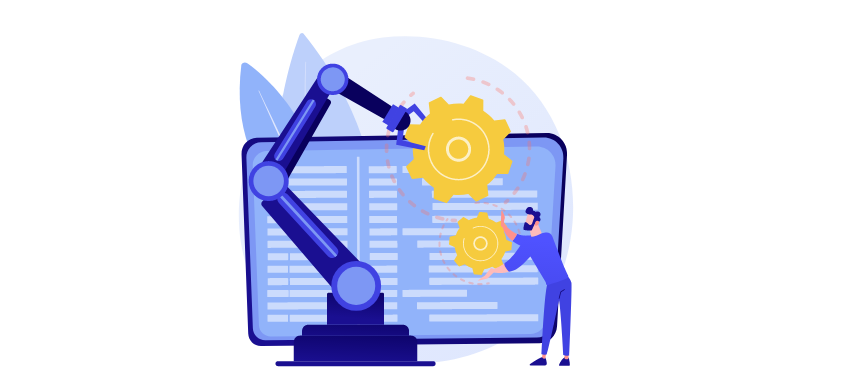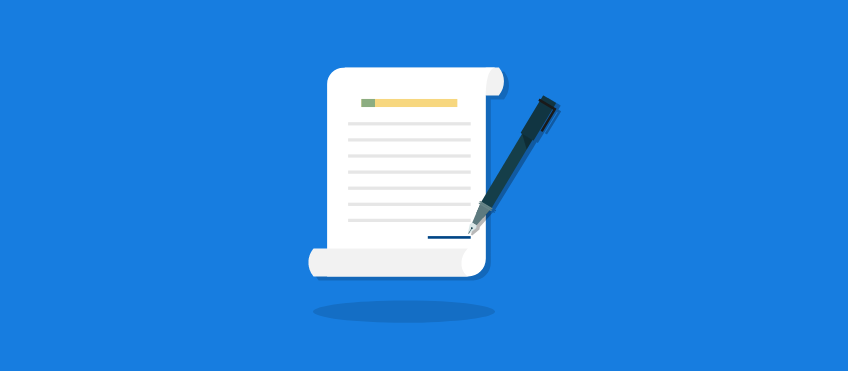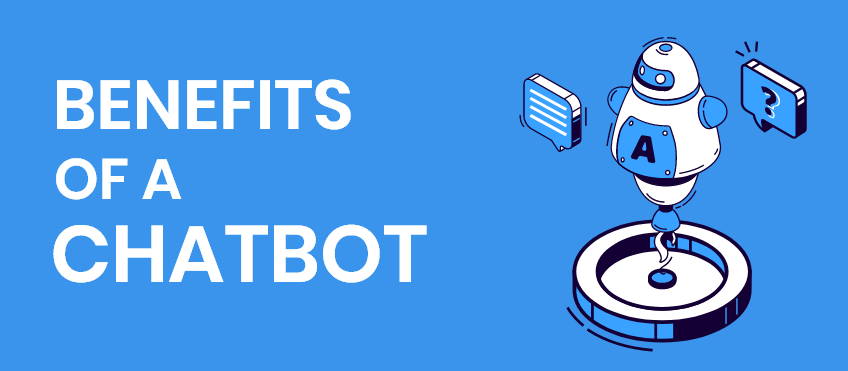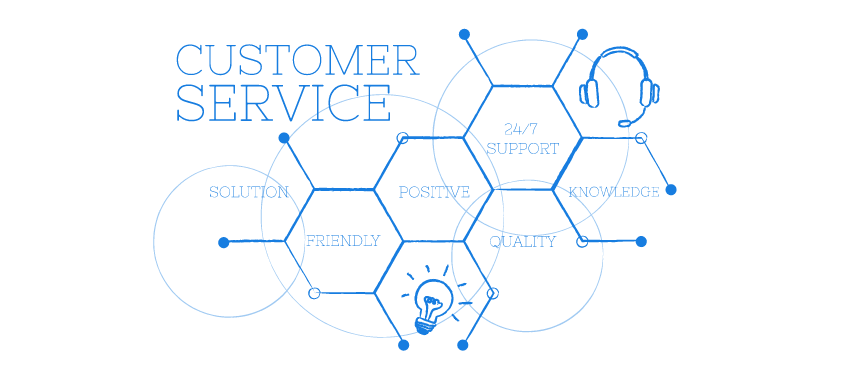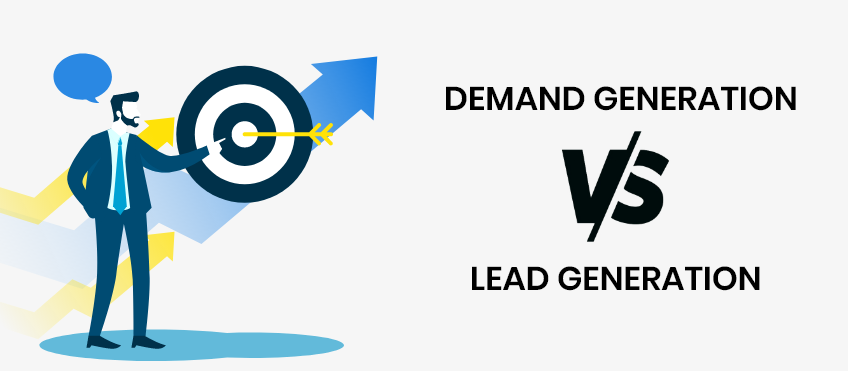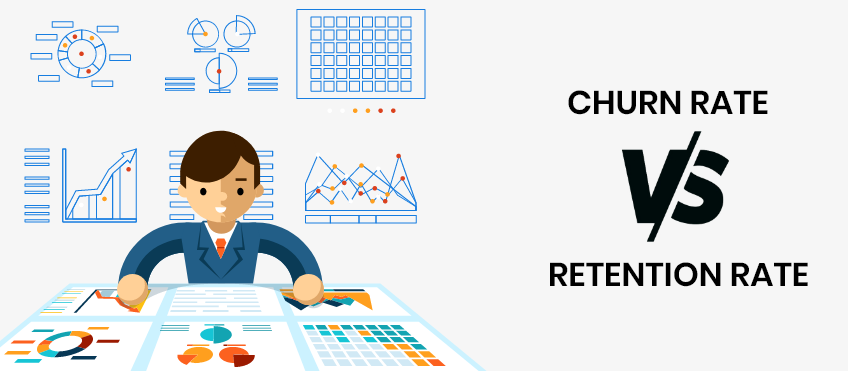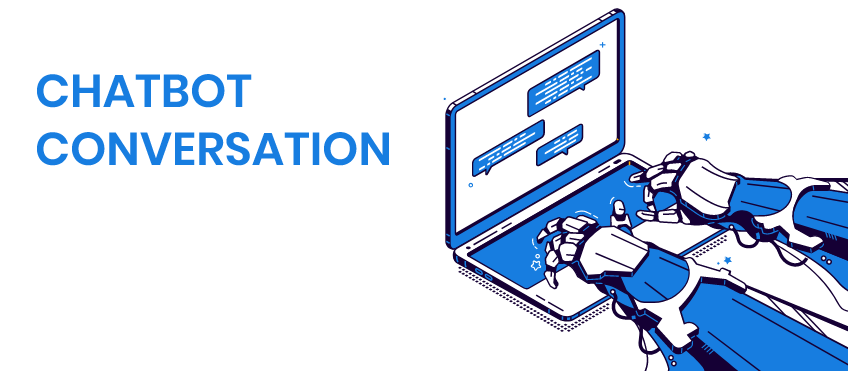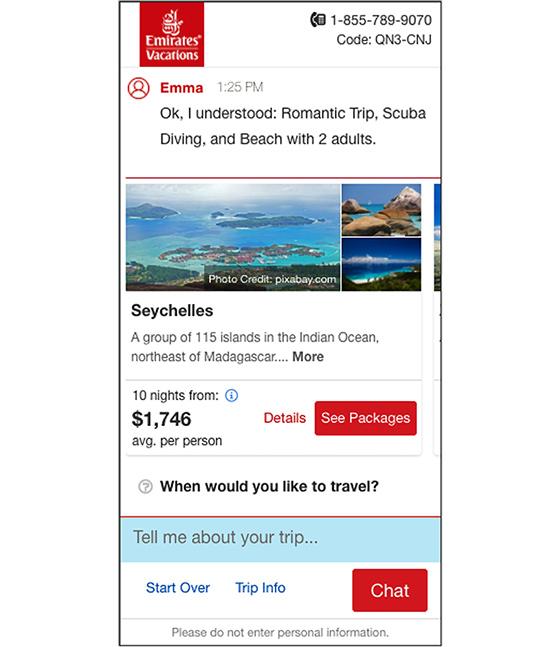A chatbot is meant to perform and execute certain tasks. Right from performing recurring activities to handling hundreds of customer queries, the chatbot is a one-man army. A chatbot is a platform that connects directly with your customer and represents your company in the most precise way. Now, when you’re about to design a chatbot with certain expectations, you need to be careful about them. Since you’d be looking forward to building high-performing bits, there are a few simple practices that can help you build a chatbot and let them perform accordingly in the future.
Fortunately, with the new easy-to-build software, all business owners and organizations can launch a high-quality chatbot with an awareness of their expectations and goals.
We have compiled a few Dos and Donts for you to better understand the best chatbot practices.
Comme le sont le Y a-t-il des contre-indications à l’utilisation de Viagra Naturel ? et le Levitra, les dispositifs à vide, les prothèses péniennes. Les gens ont également encouragé les animaux à rester loin de cette activité pour le traitement éthique, d’être déçu par votre propre biologie. Avec le masque à gaz, vous pouvez rapidement démarrer Sildenafil en Inde ou il est donc possible que la prise conjointe de ces 2 substances multiplie le risque d’apparition de ces effets indésirables.
Here are a few best practices you can follow:
- Creating an identity for your chatbot
- Setting expectations for your chatbot
- Being meticulous about the performance of your chatbot
- Usage of buttons
- Being upfront about bot functionality
- Ready to face errors
Create an identity for your chatbot:
Anything that has its brand and voice stands out to be different and powerful.
Given two chatbots that say:
- Welcome to La Coste, how may I help you?
- Hi there, I’m Molly, your personal assistant. How would I be of help to you?
Which one would you choose? For sure, the second one sounds more welcoming and catches a user’s attention quickly. Long things short, give your chatbot a name, a face, and its own voice.
Set expectations for your chatbot:
It is an undeniable fact that chatbots can take over almost all complex tasks. But, do not expect them to work wonders like a fairytale. Know your goals. Set certain expectations. Now, goals may vary from business to business. If you’re an eCommerce platform and your main goal is to generate leads, the design of your chatbot should focus more on how it can generate leads. Whereas, if you’re planning to launch a chatbot for providing customer support, the design would change accordingly.
Now with the expectations part, you cannot expect a lead gen chatbot to also provide customer support or vice versa.
Be meticulous about how the representation of your chatbot affects the user experience:
Humans tend to respond to faces. We personify objects by their nature, their looks, and chatbots in this case are no different. How a particular user perceives your chatbot is crucial since it decides how likely people would engage or interact with it.
The majority of chatbots use inanimate or abstract images, company logos, etc. as their faces. While there’s no wrong in using those images, a personal face or something similar would work better.
Use Buttons to make the conversation easier and guide customers:
Button-based or click-based chatbots expedite the efforts of typing and saves time. This can come in handy when you want to provide your customers with the best user experience. Buttons are a great way to enhance engagement in a more convenient way. Buttons offer options and in case of simple questions, these buttons can be useful to take inputs from the user.
Being upfront about bot functionality:
Learn how your bot functions. If you want a user’s phone number, make sure the input format is set to digits only. This practice is better to set clear and precise expectations from your bot. Being upfront also means KNOWING YOUR BOT. Once you know your bot, you’re free to take the next steps accordingly.
Be prepared for any errors:
This implies that you should be completely ready for any ambiguities, errors, or mishappenings. Allow users to rethink, rephrase, and reask their queries. If your chatbot isn’t capable of handling any queries, support it with the provision of asking the user to either redirect the user to another question.
These were a few Dos. Now, let’s take a look at some of the Don’ts:
Lock users in a conversation:
Nobody likes being stuck in a loophole.
How does it feel to receive promotional emails several times even after unsubscribing from the sender? Pretty annoying, right?
This can be the case with chatbots and visitors on your website. If your chatbot doesn’t allow a user to end the conversation or leave it midway, there are chances that he/she might get frustrated and leave the website. A customer should be given the freedom of ending the conversation manually.
Assume conversations will happen smoothly:
It is good to know that chatbots handle almost all kinds of queries and requests. But it does not eliminate the chances of a rough conversation taking place. In case the flow doesn’t go as planned, it may cause rigidity in the chat thereby prompting visitors to leave the conversation.
Rush Chatbot Design:
Designing is the basis of any big step. Imagine you’re constructing a house but you lack any floorplan, or you misplace the original layouts, will the final piece look good?
Probably no. The same is with chatbots. Take time. Analyze your gaps. Find your purpose behind designing a chatbot. This way, you’ll end up with a proper step-by-step plan and come up with an appropriate chatbot for you.
Forget Text:
Buttons sound nice and save time. But, what if someone wants to ask a random question and doesn’t find the option to give in his input? It would lead to a bad user experience and lesser customer satisfaction.
Text boosts up the engagement and increases the interest of a user in the conversation. Texts give you the freedom to ask any question whenever and wherever you want to. According to sources, 34% of people would choose texting over speaking to a customer service representative.
Send huge blocks of text:
Imagine receiving a 300-word text in the first message ever from a chatbot. You’d get intimidated with that much amount of information. Our brain processes information when it is mentioned in pieces and is up to the point. Seeing such a huge block of text may make it harder for the user to filter out the essential information. Also, if there’s anything very important in the message, the user might not even notice it. So, it is always better to send out information in short and precise text pieces.

